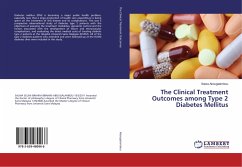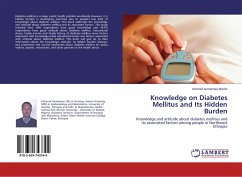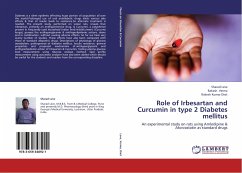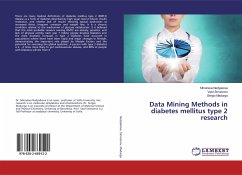Type 2 diabetes mellitus (T2DM) is becoming a major health problem in low-and middle-income countries in the 21st century. In 2019, the prevalence of T2DM rose to 9.3% (463 million people), globally, and was projected to reach 10.9% (578 million people) by the year 2030. This upsurge in its prevalence is linked to several demographic (i.e., aging population), social (i.e., globalization, urbanization) and behavioural changes (i.e., unhealthy and sedentary lifestyle) experienced over time. This will eventually lead to an increased global burden of the disease. This book was explored the determinants of adequate knowledge of T2DM risk factors and symptoms among adult patients in rural Kenya.
Bitte wählen Sie Ihr Anliegen aus.
Rechnungen
Retourenschein anfordern
Bestellstatus
Storno








